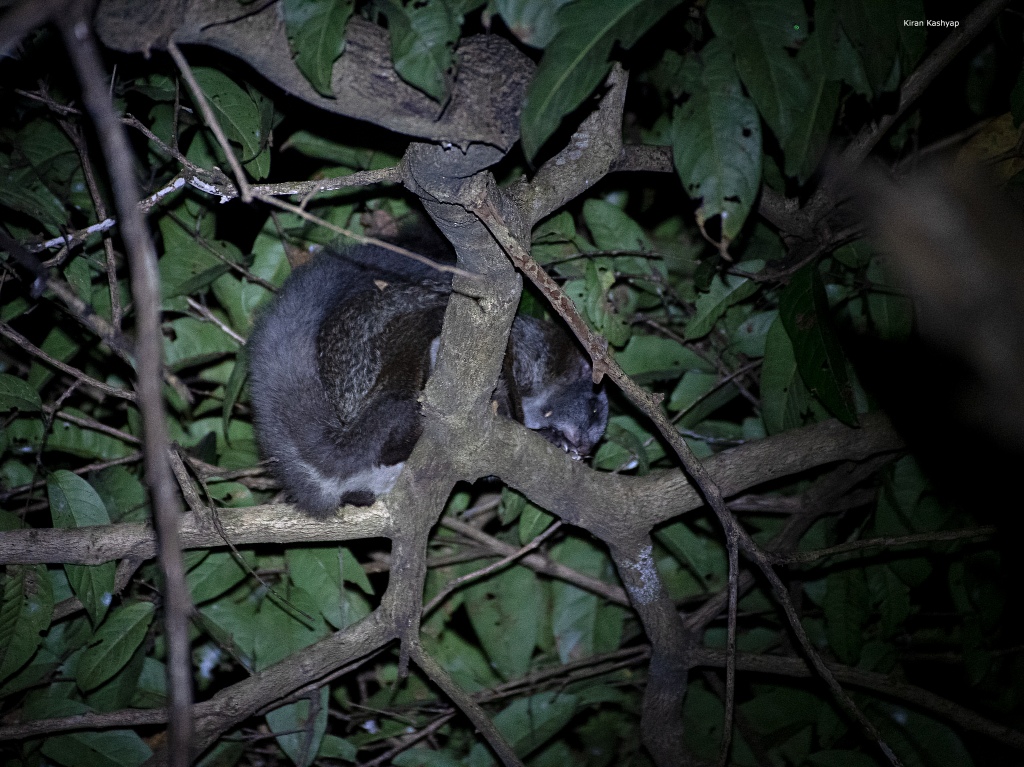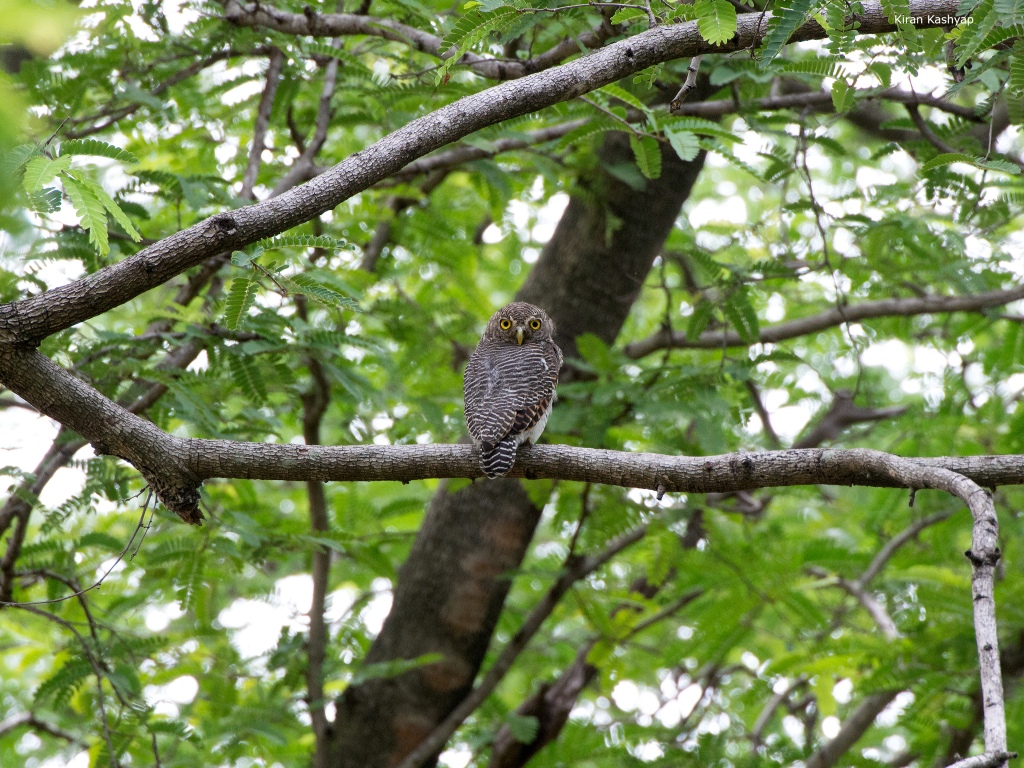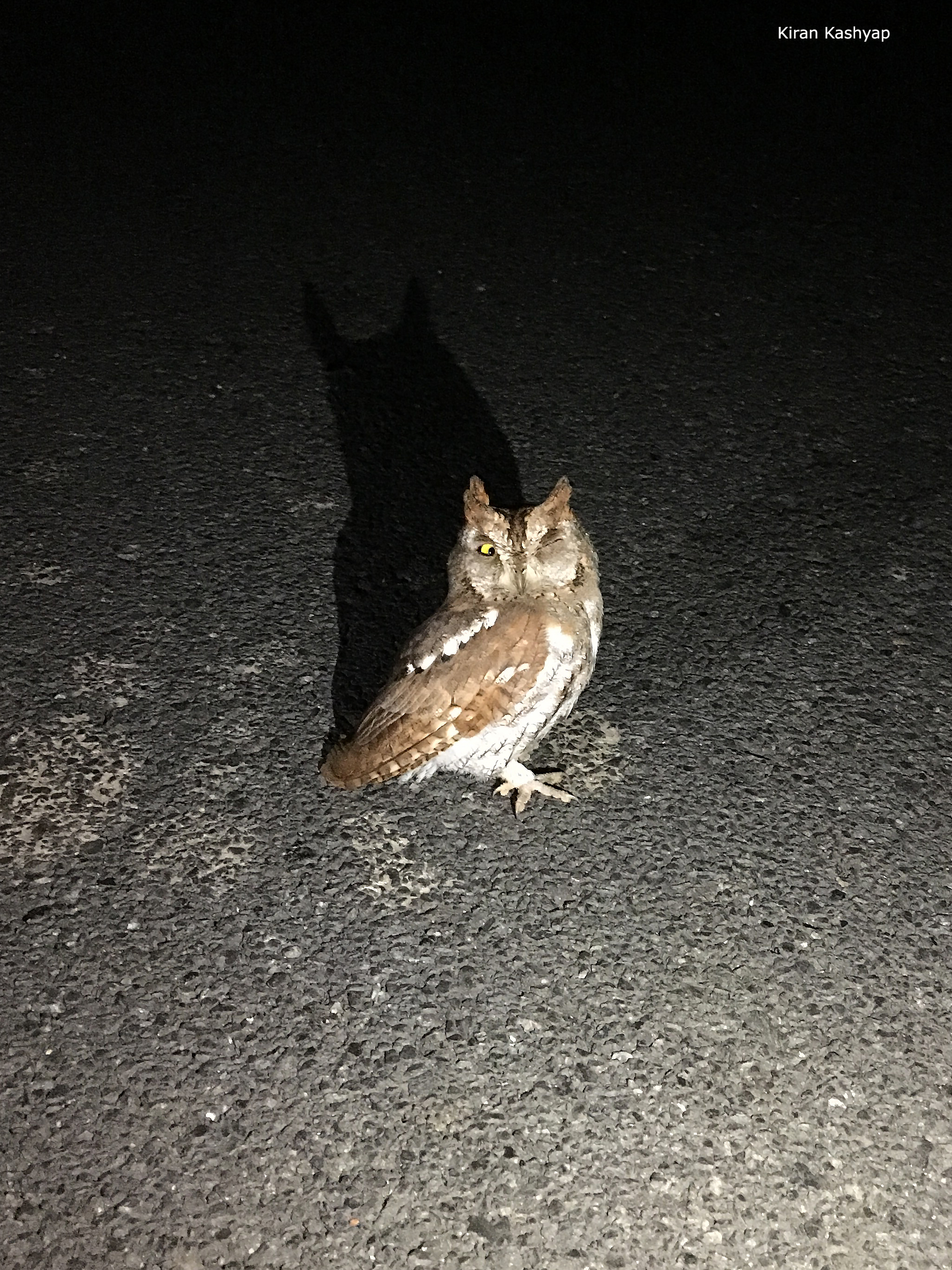I have stumbled upon nocturnal creatures many times. They are sharp, elusive, and bold. Their ability to blend well with the surroundings makes them almost invisible. Nocturnal animals have a unique sense of sight and smell that gives them a better chance of hunting or attacking their prey.
I remember the words of Kenneth Anderson – the infamous Anglo-Indian hunter turned Naturalist who introduced southern forests of India to the world – Humans feel vulnerable and helpless without light because our body works efficiently in daylight and not when the sun is down. It seems so true whenever I walk into the darkness, essentially anyplace out of light.
But it is the opposite when it comes to animals. Compared to humans, their instincts work far more efficiently during nights. A dog, a cat, a snake, or a bird can see us without any difficulty, even in total darkness, while humans may not see them at all.
Birding at night can be creepy and spooky but quite often eventful. Nevertheless, it is an experience of its kind.
I have captured some of the birds of dusk and others with whatever light was available. These images may not be great but are good enough to identify the species.
Spot Bellied Eagle-owl: Perhaps one of those rare occasions that this bird would show up. I found this beautiful big bird in the evergreen forests of the Western Ghats. I was lucky to capture some of the moments of this particular bird within close range.



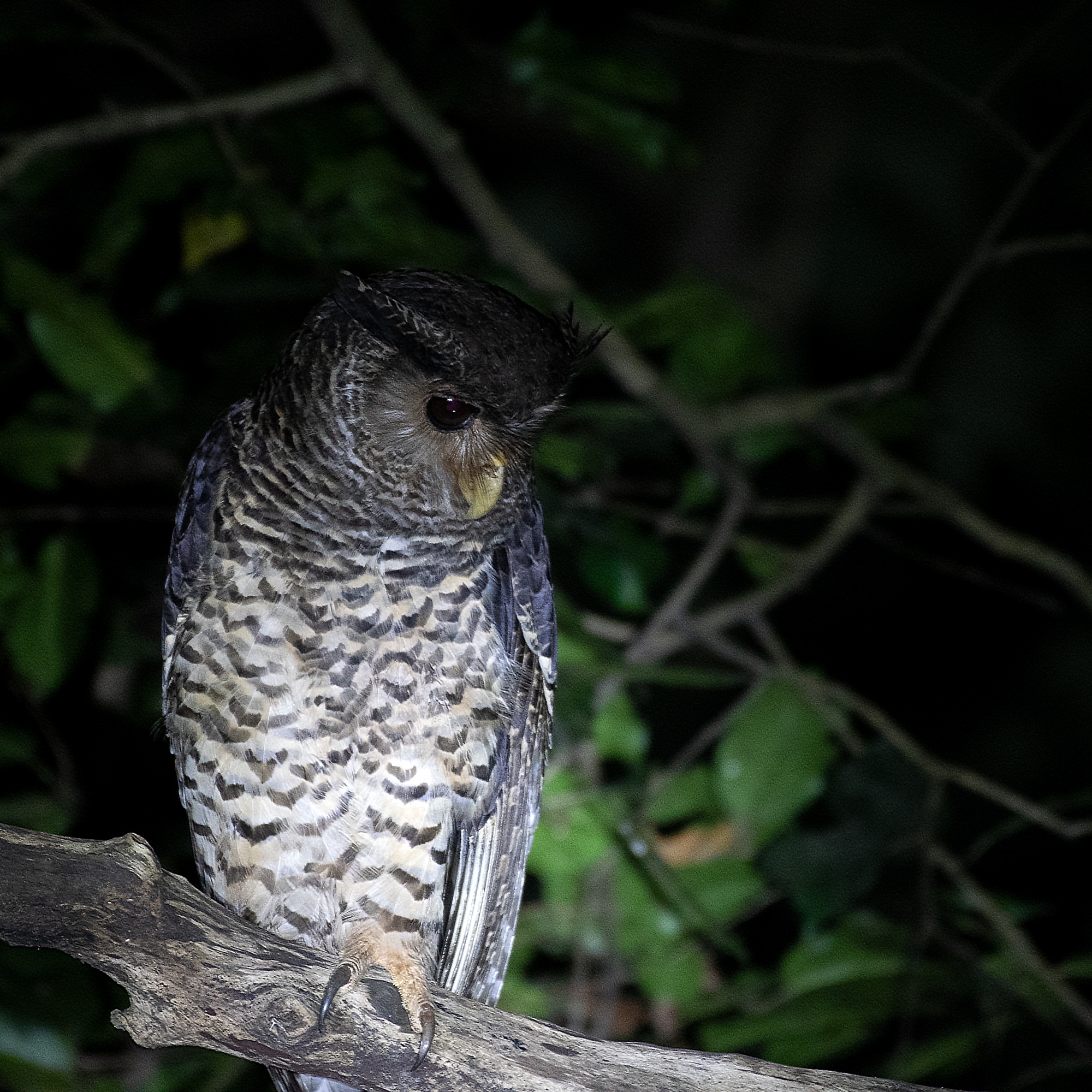
Nightjars: You might have observed a creature takes off from the road or pavement as soon as you approach them. In most scenarios, that would be a Nightjar. Their distinctive call “chuck chuck” can be heard all the time, but the bird itself may not be visible at all. They are excellent at camouflaging, which makes them difficult to spot.
I have shared the pictures of Indian Nightjar and Jerdon’s Nightjar below. There is hardly any difference between the two birds. But for the patterns on the body which distinguish them from each other. Nightjars are the most active birds at night, and they feed on insects and other slimy creatures. They bask on paved or unpaved roads and wait for their prey to come closer so that they could catch them easily.
Owlets: They are the commonly seen birds of the dusk. The screeching noise of the spotted owlet can be heard quite often in urban areas, especially when they sense an attack from the intruders. They are active even in sunlight, and they keep shifting their roosting places to avoid getting detected. Big eyes are the highlights of these species that help in spotting their prey in low-light situations. They have strong claws to rip through the rodents and reptiles.
Jungle Owlet, on the other hand, is elusive. They are forest dwellers and wouldn’t prefer entering urban forests.
Scops Owl: So far, I have been able to photograph only two variants of Scops owls in the forests of southern India. An Indian Scops owl and an Oriental Scops owl. They both have the same colored body. But the eyes are different. While an Indian Scops owl has just dark eyes, an Oriental scops owl has a yellow eye-ring around dark eyes.
On one of the trips, I saw a badly hurt Oriental scops owl in the middle of a road. The bird was not shaking or moving even after throwing light on it, which seemed odd to me. I approached the bird and saw the bird in a helpless condition. The left-hand side of the bird seemed paralyzed. I could imagine that the bird was perhaps trying to cross the road when a vehicle hit its left side of the body. The bird might have lost its left eye, and the left arm seen crushed. I safely put the bird into a bag, and with good intent, I handed it to the nearest range forest office for further treatment.
Barn Owl: Ever heard a shrill noise in your neighborhood and wonder what could that be? It might have been a call of a Barn Owl. The high-rise buildings offer them a safe place to roost and rest. They look for easy prey like a mouse, or a frog or meat remains in front of an eating joint. They are bright-colored birds, slightly big as compared to owlets. They are considered vulnerable as a specific group of people capture them for black magic.
Indian thick Knee: Quite often mistaken with lapwings, but it is an entirely different species that hide in the vegetation or fields in daylight but very active during nights.
Not just birds: Other creatures too are pretty active during the night, and a few are extremely dangerous. A common krait is one of the most active snakes at night and is venomous too. The snake’s size is about half the size of a human arm, but the venom it contains is enough to take down an adult.


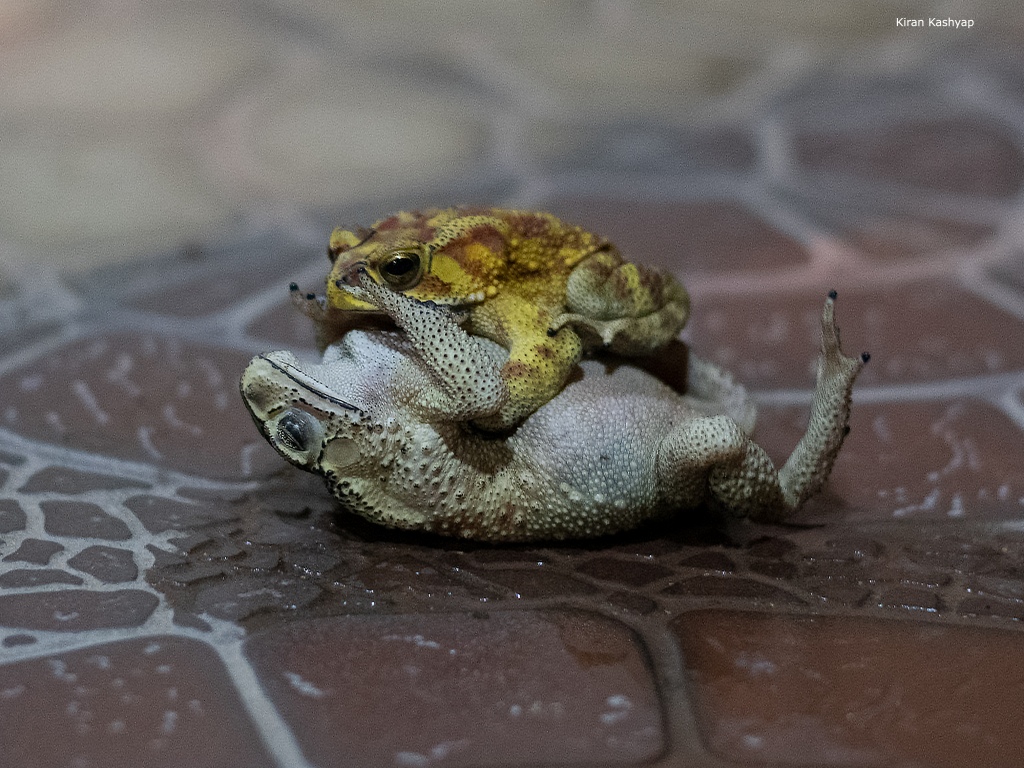
Flying Squirrel: It is one of the most elusive nocturnal mammals that I have come across. Flying squirrel is a voracious eater that nestles on top of the trees of the evergreen forests. This rodent has a stretchable membrane that helps in gliding from one tree to another tree quite swiftly. They sleep during daylight and are extremely alert and active at night.
